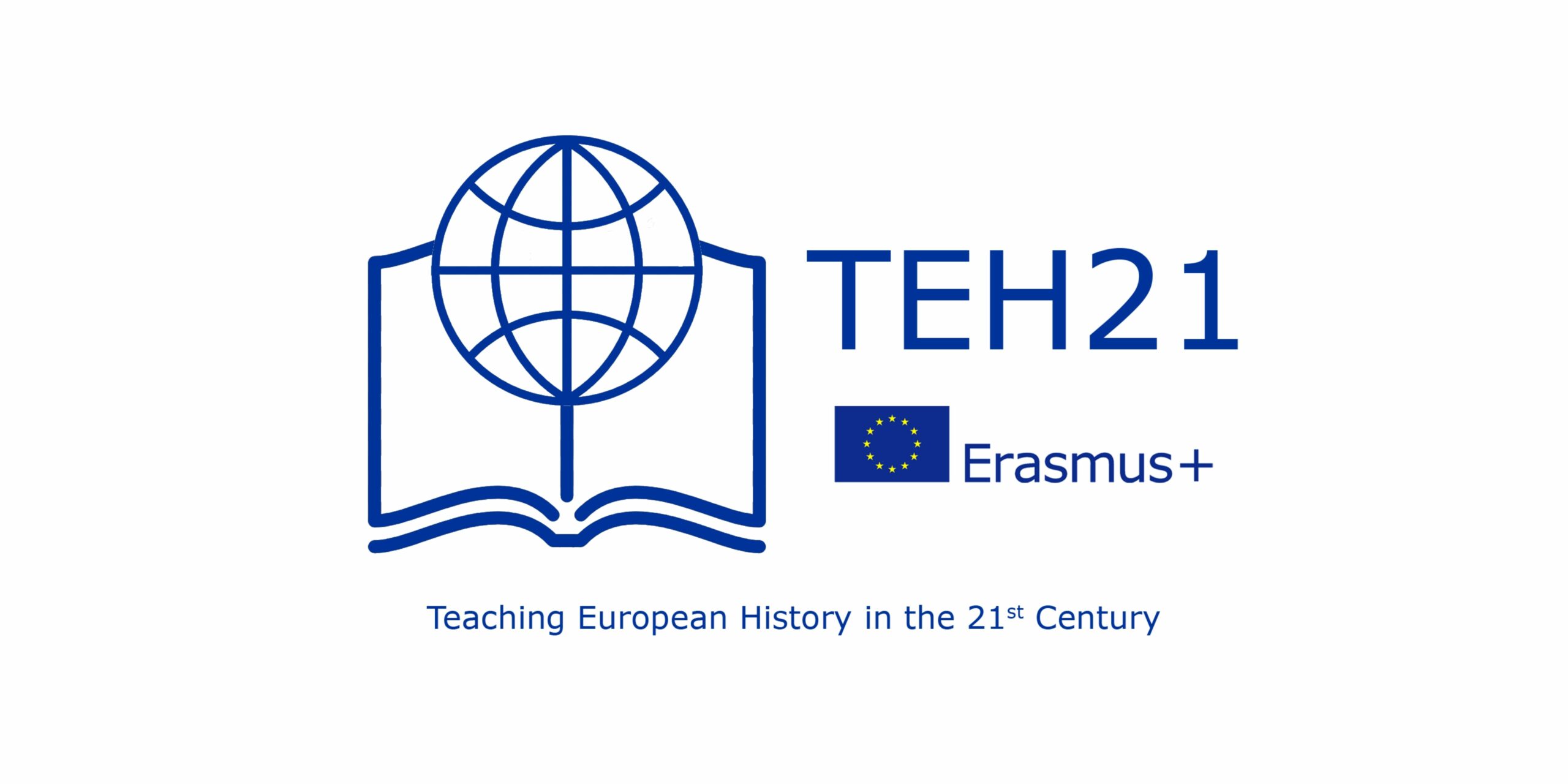 EuroClio had the opportunity to speak with Dr. Jochen Hung about the challenges and opportunities for history education at university level in Europe. Dr. Hung is Assistant Professor of Cultural History at Utrecht University and a specialist in the cultural and media history of 20th-century Germany. In his role with the history department of Utrecht University, he is also leading the coordination of the project Teaching European History in the 21st Century, a collaboration between seven European research universities (Utrecht, UA Madrid, HU Berlin, Sheffield, Prague, Budapest, Lille) and EuroClio.
EuroClio had the opportunity to speak with Dr. Jochen Hung about the challenges and opportunities for history education at university level in Europe. Dr. Hung is Assistant Professor of Cultural History at Utrecht University and a specialist in the cultural and media history of 20th-century Germany. In his role with the history department of Utrecht University, he is also leading the coordination of the project Teaching European History in the 21st Century, a collaboration between seven European research universities (Utrecht, UA Madrid, HU Berlin, Sheffield, Prague, Budapest, Lille) and EuroClio.
Q: What is Teaching European History in the 21st Century and what are the challenges you seek to address?
Dr. J. Hung: The idea for the project started 6-7 years ago as we here at Utrecht University set up an English-language Bachelor's programme in History. As far as we know, this was the first such programme on the European Continent with all three years of study offered entirely in English. As we were setting this up, we connected with several other European universities who had similar plans or who were already offering much of their history education in English. We really set out to build a network with universities elsewhere, also for our students through Erasmus exchanges, and we were quickly convinced that this would be a much more normal thing in the future: that with Brexit in particular, there would no longer be a need to go to Britain or Ireland to get your English-language degree but that this could be done in Continental Europe.
While talking to our partners elsewhere we noticed a quite practical problem connected with this development: that the usual entry-level textbooks used in English-language undergraduate teaching were all written by British, Irish or American authors. As a result, they portray a very specific view on European history – essentially the view of European history as seen from Britain and the United States. This is of course entirely normal and expected, but we felt that it did not accurately reflect the European experience: that lots of different nations and countries are connected to each other through various points of interactions and processes.
Concretely, if you have an Italian student going to study European history in English at a Dutch university, what should then be the national perspective? Our view on that is there should not be any one national perspective, but rather a multi-perspective approach to our shared European experience.
Formally speaking, the project is now a collaboration between seven different European universities, plus EuroClio, that is being funded through the Erasmus+ Key Action 2 programme of the European Union. We received a three-year grant and the project is designed for creating innovative, multi-perspective teaching material. When our project started, online lectures with a digital platform were still something quite innovative. With the pandemic, this has now become the new normal for universities. In that sense, we see that our project now fits within a larger trend and that we no longer need to convince people that this is the way forward.
Q: What do you see as the key challenges and opportunities facing history departments at European universities at the moment?
Dr. J. Hung: There are of course challenges, but also clear opportunities, particularly connected with Brexit. I expect that students that were planning to go abroad will be going to Britain in much fewer numbers and that we will see a big influx of students coming to Europe, including Utrecht, wanting to study in English. While this is great for us, it does also entail some practical challenges – some of which we are addressing with our project. We also see a larger discussion around the merits of this development. Here in the Netherlands, for instance, there are questions about what will happen to the specific Dutch view of European history. Does this internationalisation mean we are losing something in the process? Personally, I see it as an opportunity.
An additional challenge is connected with online teaching. Even as the pandemic is less of a concern, it is here to stay. This presents us with some clear opportunities for internationalisation: it might be both easier and cheaper to study abroad with some parts of your degree being offered online. Having said that, we see of course the usual problems with technical challenges and the lack of direct interaction with students. I do think these are challenges that will be solved in the coming years, however.
A final thought on the challenges we are facing now is the new nationalism that we see rising all across Europe. As far as I see it, it will be good to teach our students that it is totally fine to have national perspectives. It is normal and it is what has made Europe, in a way. What we need is, however, to get to know all of these different national perspectives, acknowledge that there is no hierarchy between them and, in a sense, try to bring them together and teach students how they interact.
Q: Coming back to the project that you are leading from Utrecht University. What are the current plans and when can we expect to see some of the tangible results coming out of it?
Dr. J. Hung: Well, there are three big outputs of the project. That is a handbook, co-authored by the universities involved. It is our magnus opus and will be finished by the end of next year. Additionally, we are at the moment recording a number of online lectures. We hope to make some of these available in the coming months. Finally, EuroClio is working on an online portal where you can find these texts and use them together with primary sources to construct teaching plans and syllabi.
Q: Do you see any uses for teachers at secondary level education?
Dr. J. Hung: The aim was to produce a handbook for first and second year undergraduate students. That is really close to high school level and it was always the aim for us that the texts that we author are very accessible, so I do hope that secondary education teachers can use the platform, the texts, and the sources, giving their students an idea of what awaits them at university. It is also a great opportunity to make use of our multi-perspective approach. If you for instance teach in high school about the history of, say, inequalities in Europe, you could pick up these texts produced by authors from four different countries and their corresponding viewpoints. The same topic can be understood and taught in very different manners and these contrasting perspectives can, I hope, be really valuable also for history teachers.













